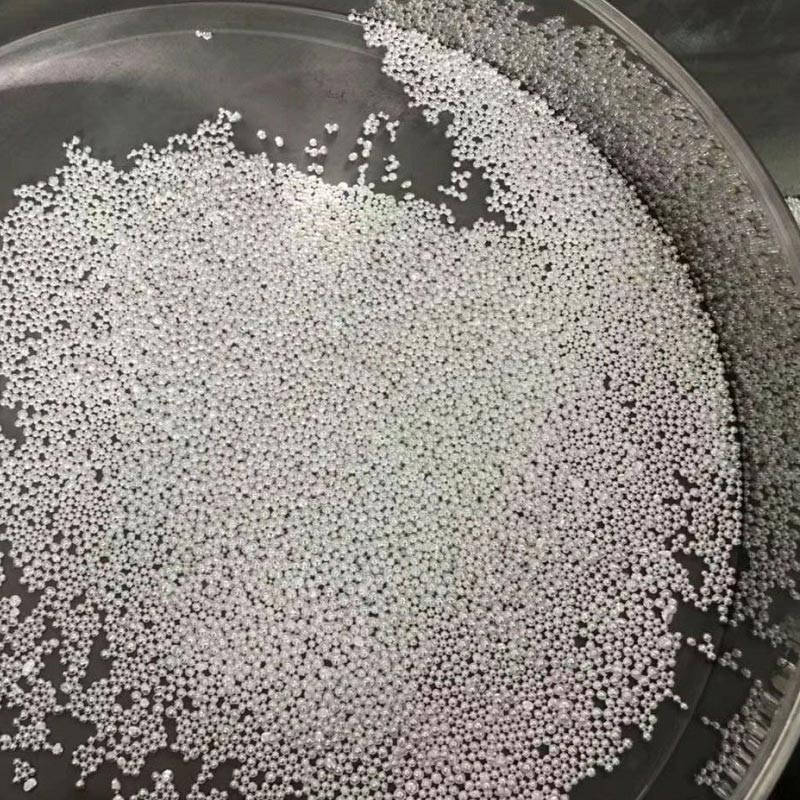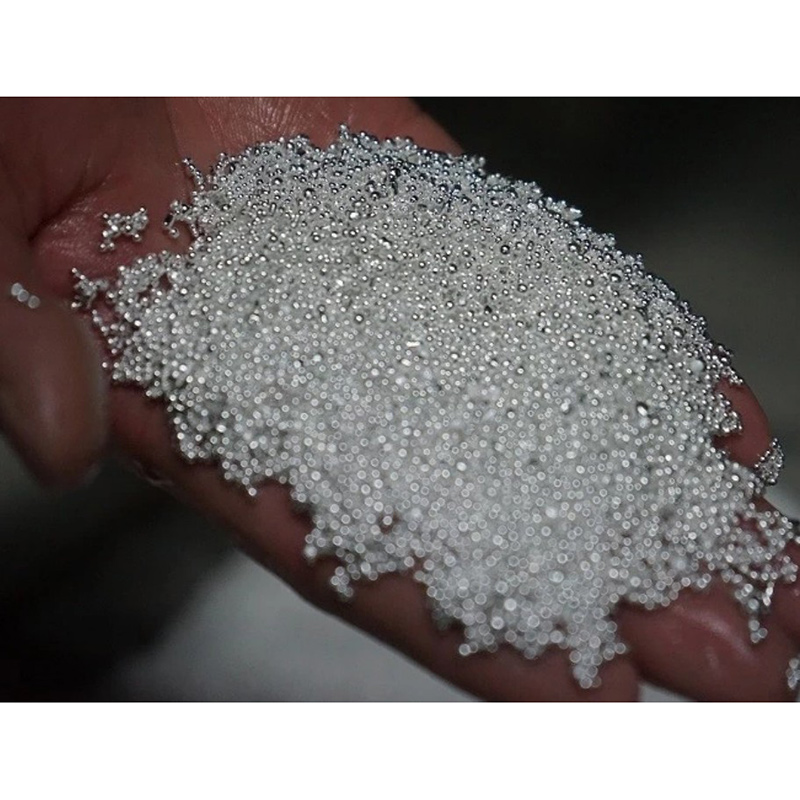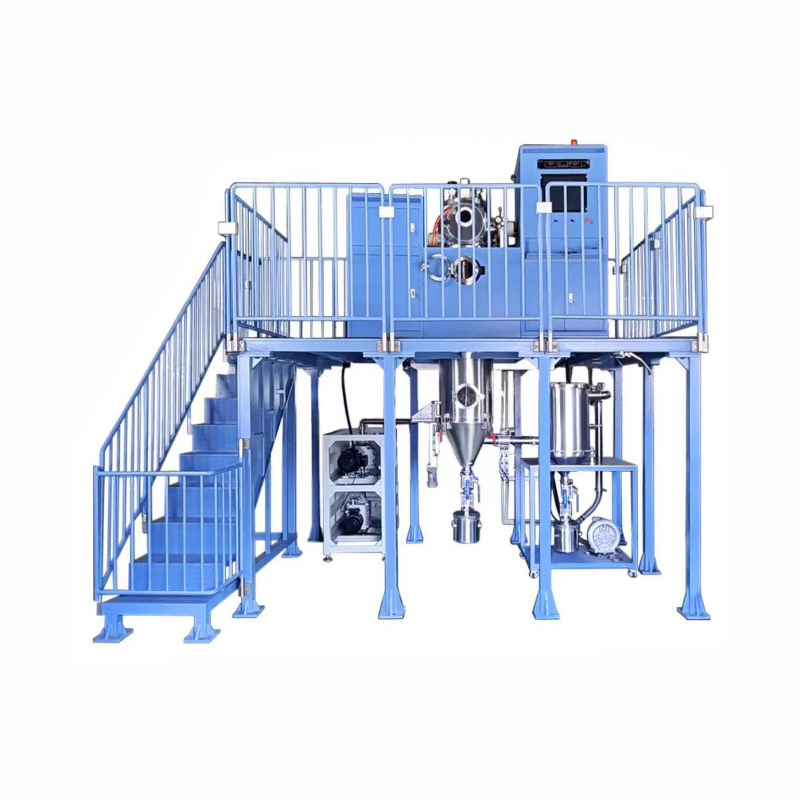
Compact size Metal Granulator Granulating Equipment for Gold Silver
Technical Parameters
| Model No. | HS-GS2 | HS-GS3 | HS-GS4 | HS-GS5 | HS-GS6 | HS-GS8 |
| Voltage | 220V, 50/60Hz, Single phase / 380V, 50/60Hz, 3 Phase | |||||
| Power | 8KW | 10KW | 15KW | |||
| Max Temp | 1500°C | |||||
| Capacity (Gold) | 2kg | 3kg | 4kg | 5kg | 6kg | 8kg |
| Melting Time | 2-3 min. | 3-5 min. | ||||
| Application | Gold, K gold, silver, copper and other alloys | |||||
| Air supply | Compressor air | |||||
| Temp Accuracy | ±1°C | |||||
| Temp detector | Thermocouple | |||||
| Cooling type | Water chiller(sold separately) or Running water | |||||
| Dimensions | 1100*930*1240mm | |||||
| Weight | Approx. 180kg | Approx. 200kg | ||||
Product Display


Title: The role of metal granulator in the gold refining process
Gold refining is a meticulous process involving multiple stages and equipment to extract pure gold from its raw state. One of the key pieces of equipment in this refining process is the metal granulator. In this blog, we will delve into the role of a metal granulator in gold refining and how it helps in extracting pure gold.
What is a metal granulator?
Before we dive into the role of a metal granulator in gold refining, let’s first understand what a metal granulator is and how it works. A metal granulator is a machine designed to crush metal scrap into small, uniformly sized particles or granules. It is commonly used in the recycling and waste management industries to process scrap metal and convert it into a more manageable form for further processing.
The role of metal granulator in gold refining
In gold refining, metal granulator plays a vital role in the initial stage of raw material processing. Here are its contributions to the overall refining process:
1. Reduction of metal scrap
During the gold refining process, various types of metal waste are generated, including scrap components, electronic waste and other metal-containing materials. These materials require size reduction to facilitate further processing. This is where metal granulators come into play. It effectively crushes and pellets metal scrap, creating a more manageable feedstock for subsequent refining steps.
2. Separation of non-gold materials
Once the metal scrap is granulated, the next step in the gold refining process is to separate the non-gold materials from the gold-containing components. The granular metal undergoes further separation processes such as magnetic separation and density-based separation to separate the gold-containing material from the rest of the metal waste. The uniform size and shape of granular metal facilitates these separation techniques, making the process more efficient.
3. Enhance surface area for chemical processing
After the non-gold materials are separated, the granular gold-containing components are chemically treated to extract pure gold. The material's particle form provides a larger surface area, allowing chemicals to penetrate and react with the gold particles more efficiently. This results in higher extraction efficiency and a more thorough refining process.
4. Improve smelting and casting processes
Once the gold is extracted from the granular material, it is further processed through melting and casting to form gold ingots or other desired shapes. The granular form of gold facilitates the melting process because it heats and melts the material more evenly. This produces high-quality gold products with consistent levels of purity.
Overall, metal granulators play a key role in the initial stages of gold refining by preparing raw materials for further processing, promoting efficient separation of non-gold materials, increasing surface area for chemical processing, and improving smelting and casting processes.
The importance of efficient gold refining processes
An efficient gold refining process is critical to ensuring the purity and quality of the final gold product. Whether used for jewelry making, investment purposes, or industrial applications, pure gold is highly valued and sought after. Therefore, the role of equipment such as metal pelletizers in refining gold to the required purity and quality cannot be overstated.
In addition to the technical aspects, an efficient gold refining process also contributes to environmental sustainability. By effectively managing and processing metal waste, including electronic waste and scrap components, the refining industry can minimize the environmental impact of gold mining and contribute to sustainable resource management.
in conclusion
In summary, metal granulators play a vital role in the gold refining process, including preparing raw materials, facilitating efficient separation, enhancing chemical treatments, and improving smelting and casting processes. Its contribution to the overall efficiency and quality of gold refining cannot be ignored. As demand for pure gold continues to grow, efficient refining processes, supported by advanced equipment such as metal granulators, are becoming increasingly important to meet industry requirements for high-quality gold products.
- English
- French
- German
- Portuguese
- Spanish
- Russian
- Japanese
- Korean
- Arabic
- Irish
- Greek
- Turkish
- Italian
- Danish
- Romanian
- Indonesian
- Czech
- Afrikaans
- Swedish
- Polish
- Basque
- Catalan
- Esperanto
- Hindi
- Lao
- Albanian
- Amharic
- Armenian
- Azerbaijani
- Belarusian
- Bengali
- Bosnian
- Bulgarian
- Cebuano
- Chichewa
- Corsican
- Croatian
- Dutch
- Estonian
- Filipino
- Finnish
- Frisian
- Galician
- Georgian
- Gujarati
- Haitian
- Hausa
- Hawaiian
- Hebrew
- Hmong
- Hungarian
- Icelandic
- Igbo
- Javanese
- Kannada
- Kazakh
- Khmer
- Kurdish
- Kyrgyz
- Latin
- Latvian
- Lithuanian
- Luxembou..
- Macedonian
- Malagasy
- Malay
- Malayalam
- Maltese
- Maori
- Marathi
- Mongolian
- Burmese
- Nepali
- Norwegian
- Pashto
- Persian
- Punjabi
- Serbian
- Sesotho
- Sinhala
- Slovak
- Slovenian
- Somali
- Samoan
- Scots Gaelic
- Shona
- Sindhi
- Sundanese
- Swahili
- Tajik
- Tamil
- Telugu
- Thai
- Ukrainian
- Urdu
- Uzbek
- Vietnamese
- Welsh
- Xhosa
- Yiddish
- Yoruba
- Zulu
- Kinyarwanda
- Tatar
- Oriya
- Turkmen
- Uyghur






















